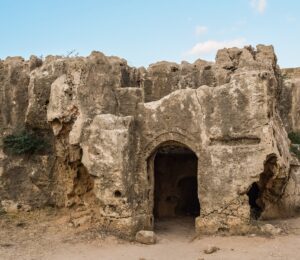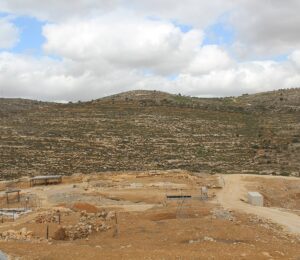The Gospel Authors
The identity of the gospel authors has been a topic of intense scrutiny for many years. It would seem to be an open question as there is no eye-witness account to verify who wrote these important documents. Liberal apologists argue they were likely not written by their namesake but instead were gradually authored over years or even decades by well-meaning early Christian scribes. The early “church fathers” provide interesting testimony as to the actual authors of these documents. Some of them lived within a few short decades of the apostles themselves and some were personally acquainted with an apostle. They… Read More »









